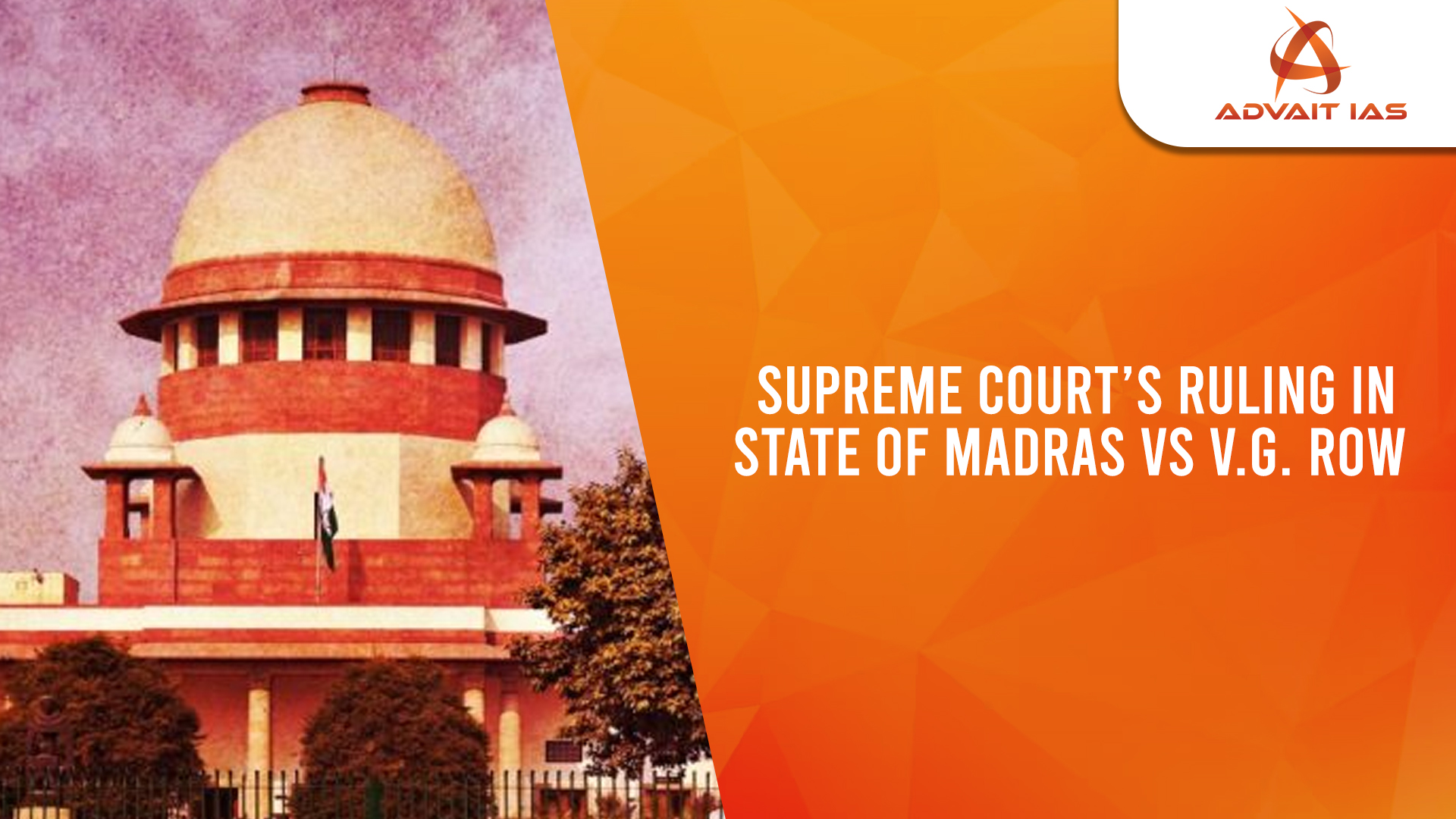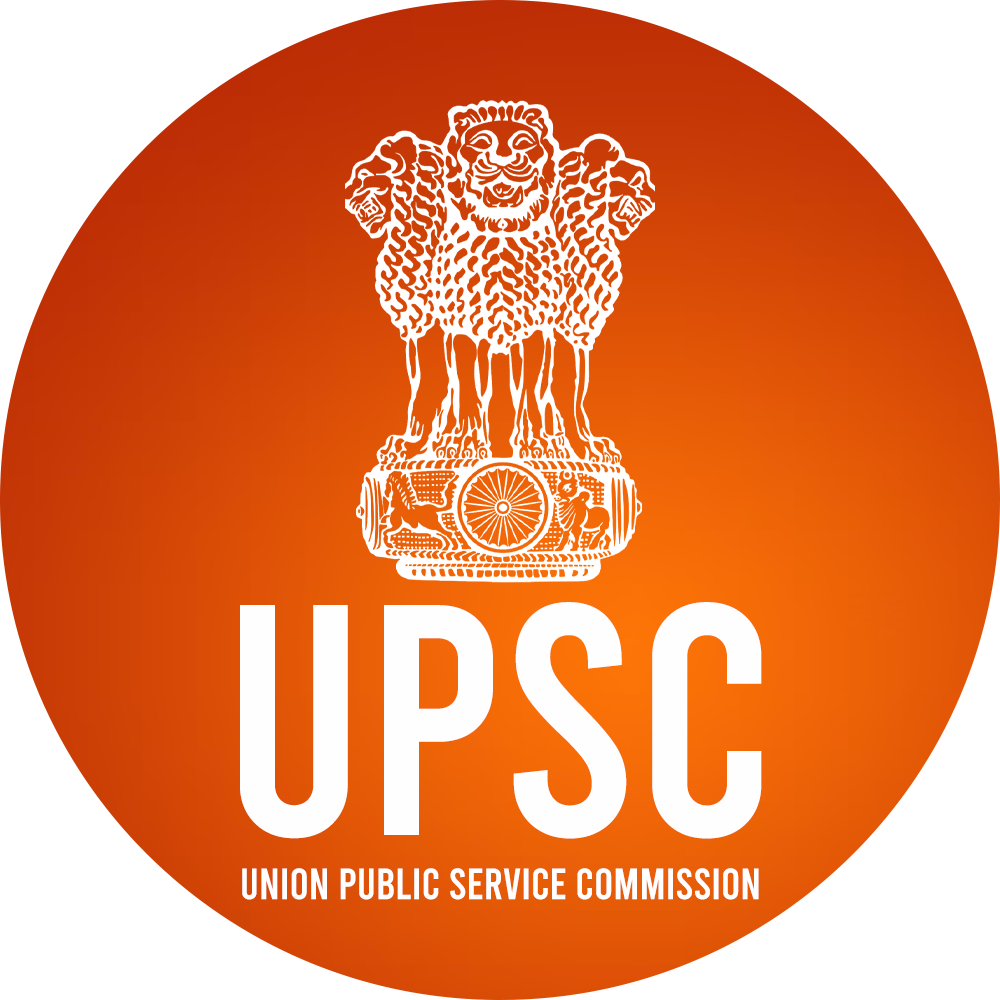The Supreme Court’s landmark judgment in State of Madras vs V.G. Row (1952) established the “test of reasonableness” for laws restricting fundamental rights.
This ruling set a precedent for judicial review, ensuring that restrictions on civil liberties must be fair, just, and not excessive.
State of Madras vs V.G. Row Case
- Background:
- Criminal Law Amendment Act, 1950 empowered the government to ban associations considered prejudicial to public order.
- The Madras government banned the People’s Education Society in 1950 under this law.
- V.G. Row, a member of the banned society, challenged the law, arguing it violated:
- Article 19(1)(c) – Right to form associations.
- Article 19(4) – Permits reasonable restrictions on this right in the interest of public order.
- Supreme Court’s Ruling (1952):
- The SC struck down the law as unconstitutional.
- Key Findings:
- The law gave excessive discretionary powers to the government, making it arbitrary.
- Restrictions must be fair, just, and not excessive relative to the objective they serve.
- Framework for Reasonableness Test:
- Nature of the right being infringed.
- Purpose and extent of the restriction.
- Proportionality to the issue addressed.
- Socio-political conditions prevailing at the time.
- Significance of the Judgment:
- Laid the foundation for the “reasonableness test”, which evolved into the proportionality test used today.
- Impacted laws like UAPA, TADA, and POTA, ensuring they do not infringe on civil liberties arbitrarily.
Key Takeaways from the Case
- Judicial Review: Ensures laws and government actions are constitutionally valid and not arbitrary.
- Protection of Fundamental Rights: Establishes that even fundamental rights can be restricted only through reasonable, justified, and proportionate measures.
Recent Application of the Reasonableness Test
- Anuradha Bhasin v. Union of India (2020):
- SC ruled that internet shutdowns and restrictions on movement/communication must meet the proportionality test.
- Key Ruling: Indefinite internet suspension violates Article 19(1)(a) (freedom of speech) and Article 19(1)(g) (right to practice any profession) unless justified under Article 19(2).
Landmark Cases on Balancing Rights and Restrictions
| Case | Year | Key Issue | Impact |
| Kesavananda Bharati vs. Kerala | 1973 | Basic Structure Doctrine | Established the basic structure doctrine |
| Maneka Gandhi v. Union of India | 1978 | Right to Life under Article 21 | Expanded the scope of Article 21—fair, just, and reasonable restrictions. |
| Shreya Singhal v. Union of India | 2015 | Section 66A of IT Act (Freedom of Speech) | Struck down Section 66A as vague and overbroad. |
| Justice K.S. Puttaswamy v. Union of India | 2017 | Right to Privacy as a Fundamental Right | Recognized Privacy as a fundamental right. |
Constitutional Provisions:
- Article 19(1): Guarantees freedoms like speech, assembly, movement, association, etc.
- Article 19(2): Allows reasonable restrictions on these freedoms for:
- Sovereignty and integrity of India
- State security
- Public order, morality, health
- Contempt of court, defamation, etc.






